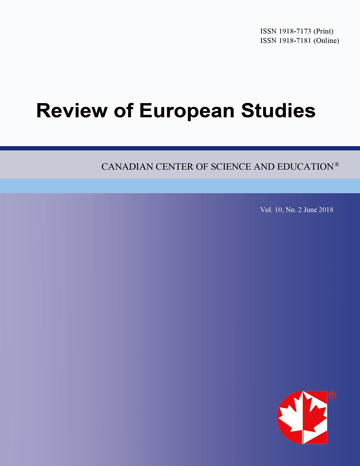The Scarecrow, Narnia, and Jesus of Nazareth
Abstract
This article presents the Scarecrow Literature as a sub-genre of Fantasy literature, which was born in Anglo-Saxon countries in the 20th century. In it, a variety of traditions, cultures and religions are intertwined. They have several common characteristics: they embody and update Christianity’s values, they employ fantastical clothing and use imagination as a tool. In this sub-genre, children make a journey from our world to a secondary world, as happens with the Pevensie children and other young characters in Narnia. And depending upon the historical moment in which the writer in question places their work, the setting is generally rural and is steeped in pagan tradition. It is here where the children perform some heroic mission. When the adventure concludes, the young heroes return to their primary world, while maintaining their anonymity, and as a reward for their work obtain the warmth of family or community.
 PDF
PDF
